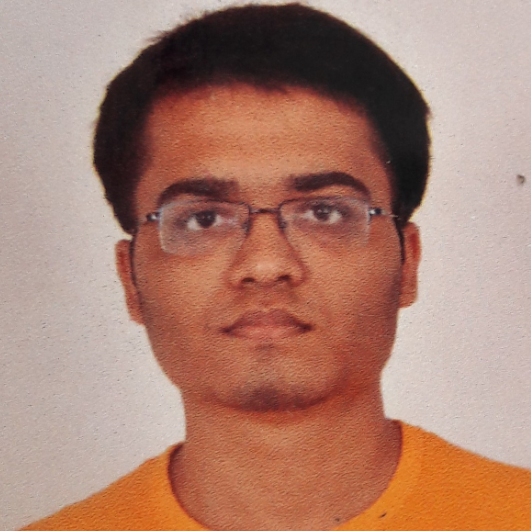
Anmol Agrawal
Work place: School of Computer Science and Engineering, VIT, Vellore, 632014, India
E-mail: anmol98agr@gmail.com
Website:
Research Interests: Computer systems and computational processes, Artificial Intelligence, Computational Learning Theory, Data Mining, Data Structures and Algorithms
Biography
Anmol Agrawal was born on July 1, 1998. He is currently a third year Computer Science and Engineering student at Vellore Institute of Technology, Vellore, India. He will receive his B.Tech degree in 2020. He is a part of a research group under the supervision of Dr. B. K. Tripathy. His current research interests include data mining, machine learning, artificial intelligence and soft computing.
Author Articles
A Comparative Analysis of Firefly and Fuzzy-Firefly based Kernelized Hybrid C-Means Algorithms
By B.K. Tripathy Anmol Agrawal A. Jayaram Reddy
DOI: https://doi.org/10.5815/ijisa.2019.06.05, Pub. Date: 8 Jun. 2019
In most of the clustering algorithms, the assignment of initial centroids is performed randomly, which affects both the final outcome and the number of iterations required. Another aspect of the approaches in clustering algorithms is the use of Euclidean distance as the measure of similarity between data points, which is handicapped by linear separability of input data. The purpose of this paper is to combine suitable techniques so that both the above problems can be handled suitably leading to efficient algorithms. For the initial assignment of centroids we use Firefly and Fuzzy Firefly algorithms. We replace the Euclidean distance by Kernels (Gaussian and Hyper-tangent) leading to hybridized versions. For experimental analysis we use five different images from different domains as input. Two efficiency measures; Davis Bouldin index (DB) and Dunn index (D) are used for comparison. The tabular values, their graphical representations and output images are generated to support the claims. The analysis proves the superiority of the optimized algorithms over their existing counterparts. We also find that Hyper-tangent kernel with Rough Intuitionistic Fuzzy C-Means algorithm using Fuzzy Firefly algorithm produces the best results and has a much faster convergence rate. The analysis of medical, satellite or geographical images can be done more efficiently using the proposed optimized algorithms. It is supposed to play an important role in image segmentation and analysis.
[...] Read more.Other Articles
Subscribe to receive issue release notifications and newsletters from MECS Press journals